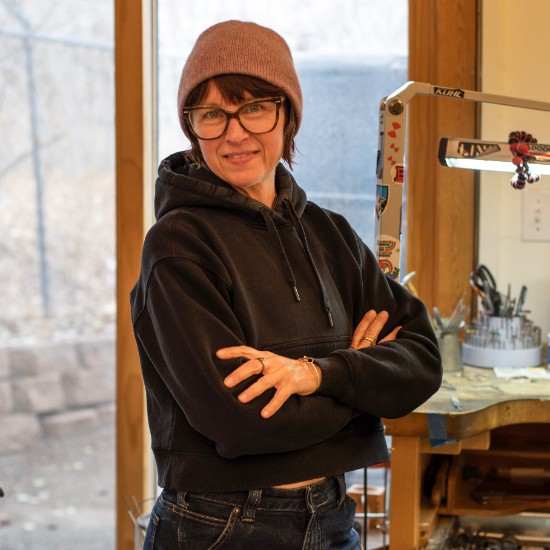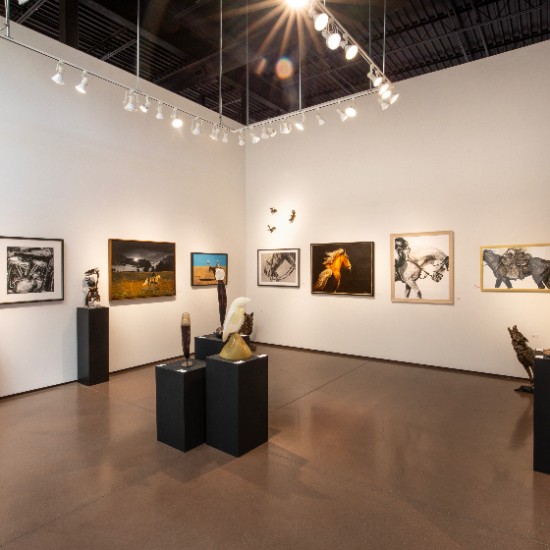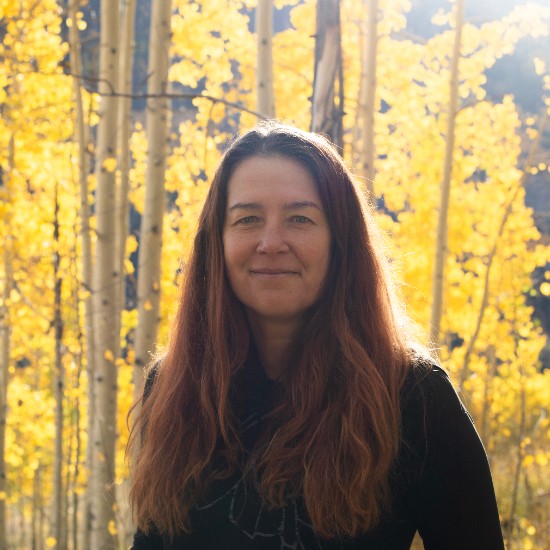
As the quality, quantity, and popularity of Native art continue to expand, certain seminal figures stand out as generational talents whose work serves as benchmarks for innovation. Two such artists are Allan Houser and Tammy Garcia, each of whom has broken new ground through limitless creativity, exceptional skill, and assiduous attention to detail.

Allan Houser (1914-1994) was one of those consummate artists whose genius became evident from a young age. Born Allan C. Haozous near Apache, Oklahoma, he was the first member of his family of the Warm Springs Chiricahua Apache tribe to be born outside of captivity. As he grew up he was constantly drawing and painting even as he pursued other interests. His parents hoped that he would become a farmer, so when they learned he had applied to the Dorothy Dunn Studio School at the Santa Fe Indian School in response to a recruitment poster he had seen, they were taken aback.
Nevertheless, he went to Santa Fe in 1934 to begin his artistic studies there, where he excelled despite chafing at the rigid style of painting the school espoused. By the time he graduated he had already had shows at the Art Institute of Chicago, the Golden Gate International Exposition, and the New York World’s Fair, and had received a commission from the Department of the Interior to paint murals at it headquarters in Washington, D.C.
Houser moved to Los Angeles in 1942, where he was exposed to and inspired by the work of sculptors like Jean Arp, Constantin Brancusi, and Henry Moore while studying at the ArtCenter College of Design in Pasadena. His output at the time consisted of drawings and paintings, until he was asked by the Haskell Institute in Lawrence, Kansas, to create a sculpture for them. Although he had never sculpted before, he accepted the commission. Without sculpting tools or formal training in the art, he used the hammers and chisels he had at hand to create what turned out to be his iconic masterpiece, Comrade in Mourning, carved from Carrara marble. He was the first Native artist ever to sculpt, representing a seismic shift in the direction of Native art.
He later took a teaching position as artist-in-residence at Brigham, Utah’s Inter-Mountain School, where he spent 11 years. He then joined the faculty of the newly created Institute of American Indian Arts (IAIA) in Santa Fe in 1962. There he set up the institute’s sculpture department and was known for going out in his pickup truck to the Pueblos to personally recruit students and then taking them into the mountains on the weekends to scavenge for stone pieces suitable for sculpting.

As a teacher he was renowned for his generosity, patience, and kindness as well as his skill in teaching, and former students invariably recall him as a special person whose gentle spirit was an inspiration to them. But it was only after his retirement from teaching in 1974 that he shifted his focus to working full time on his art. From then until his death in 1994, he experimented freely and cemented his reputation as one of the most prolific and renowned Native painters and Modernists sculptors of the 20th century, credited with transforming Native art from a tiny niche category into a movement.





That spirit of innovation carries over to the 21st century in the work of Tammy Garcia, the award-winning Santa Clara Pueblo potter and sculptor who updates traditional pottery techniques and materials by creating new ways of looking at the ancient forms. She tends to use the entire vessel as a “canvas” for her designs, rather than the usual band, in the process adding texture and dimension. She also expanded the definition of what constitutes a vessel by inventing new shapes and unique combinations of symbolism to redefine ceramics and Pueblo pottery in general. Her precision and her painstaking attention to tiny details are time-consuming, limiting her pottery output to a few coveted pieces per year.

Not content to limit herself to pottery, Garcia began translating the essence of her signature Neo-Pueblo design vernacular to new forms, working in bronze and glass to produce subtly narrative works that are rich in Native symbolism—brass sculptural pieces and sand-blasted glass vessels, screens, and wall art. And just as Allan Houser took sculpture to innovative new heights, Garcia has revolutionized it in her own way.
“Tammy has created a whole new style of bronze work in Native sculpture,” notes Blue Rain founder Leroy Garcia. “She applies her carved imagery to her sculptures, which is a groundbreaking approach—a whole new direction.”



One of the most collectible living artists of our time, Garcia combines flawless execution with a highly evolved sense of design, ensuring that each piece she produces is a unique artistic expression, layered with meaning and unalloyed beauty. Like Allan Houser before her, she explores the heretofore unimagined possibilities of her mediums and sets a new standard for both Native pottery and sculpture.








